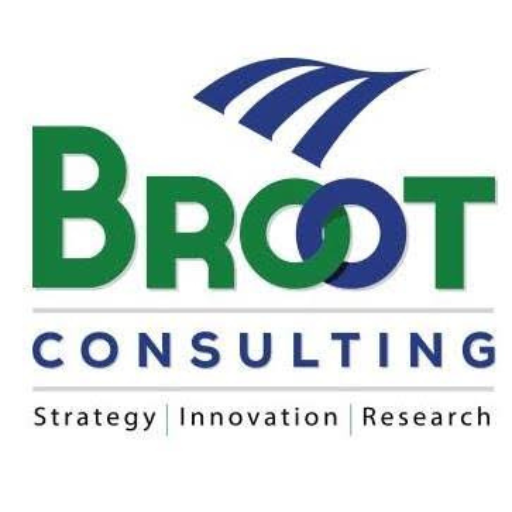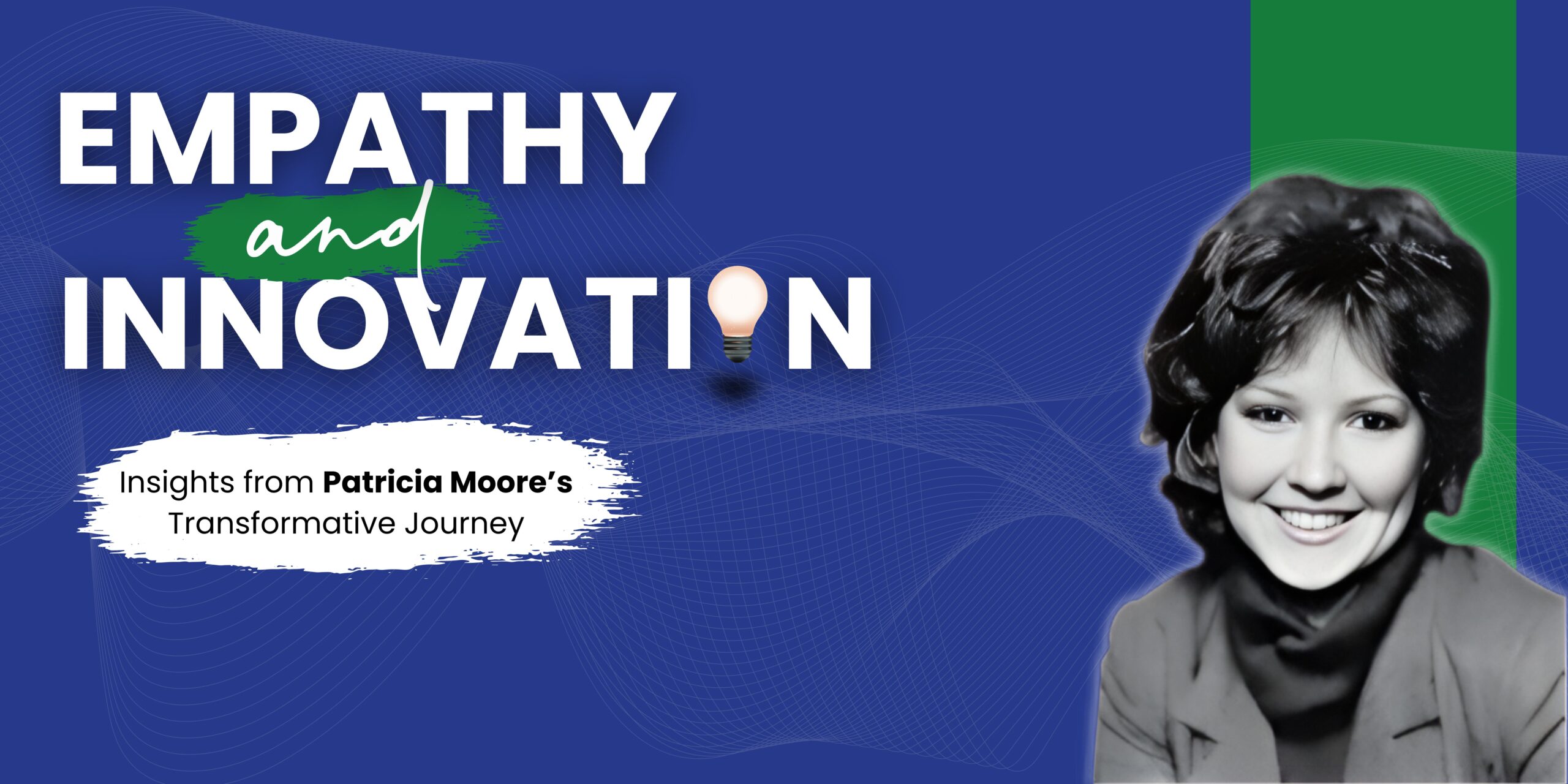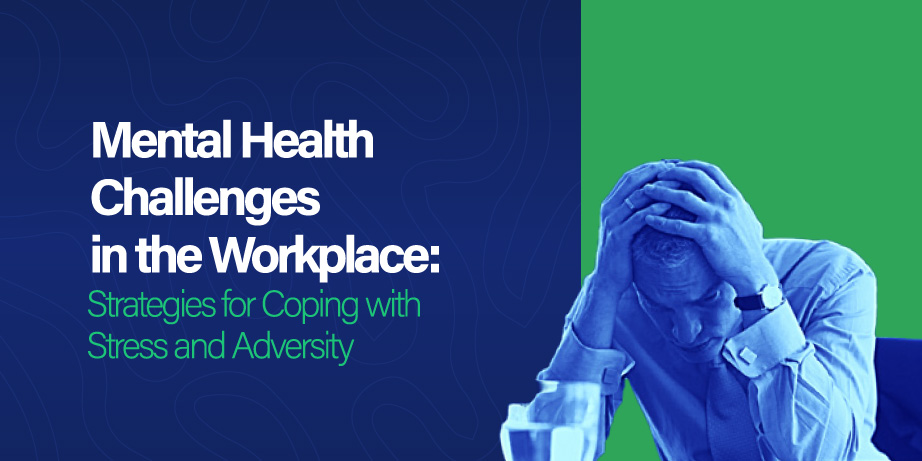In 2025, agility will no longer be a strategic edge but a survival imperative. Yet most organizations confuse agility’s trappings with its substance. Daily standups, remote work flexibility, and digital collaboration tools offer the appearance of speed but rarely translate into real adaptability.
Drawing on BROOT’s experience with transformation programs across Africa and the global South, this publication reframes the agility conversation — moving from process mimicry to cultural design. We outline four core enablers of agile culture: Psychological Safety, Role Fluidity, Coaching Leadership, and Learning Loops. We also introduce a rapid diagnostic tool to evaluate cultural agility and expose the common traps organizations fall into, especially under hybrid and digital models.
Agility isn’t achieved by installing tools or adopting frameworks. It emerges from how people trust, decide, and adapt together. In the end, teams don’t fail because they lack velocity. They fail because their culture can’t change direction.
The Illusion of Agility
Many organizations are in a race to look agile, embracing sprints, Slack, standups, and hybrid work policies. But these visible signals often mask an unchanged operating reality.
Despite the veneer of modernity, most teams remain slow where it matters:
- Decisions still require layers of approval.
- Innovation is paralyzed by risk aversion.
- Cross-functional collaboration breaks down in silos.
- Leaders still default to command-and-control behaviors.
This is agile theater — the performance of agility without the structural or cultural readiness to support it. Agile processes are easy to copy but agile cultures are harder to build.
Today’s teams juggle endless hybrid meetings, yet still move sluggishly when change strikes. Siloed thinking, decision bottlenecks, hybrid burnout, and over-reliance on hierarchy slow down even the most “digitally transformed” teams.
Flexibility doesn’t equal agility, and many organizations are learning this the hard way.
What Agile Culture Means in 2025
| Cultural Enabler | What It Looks Like | Why It Matters |
| Psychological Safety | Team members feel safe to share feedback, raise concerns, and challenge ideas without fear | Safety accelerates feedback, which accelerates learning. |
| Role Fluidity | Roles are dynamic and evolving, not static boxes. Skills matter more than fixed job descriptions. | Enables cross-functional value creation and responsiveness. |
| Coaching Leadership | Leaders shift from controlling to enabling. Managers become mentors who drive the culture of experimentation and growth. | Builds autonomy, motivation, and innovation. |
| Learning Loops | Agile teams prioritize small experiments, continuous feedback, and fast learning cycles. The ability to pivot is built into the DNA. | Encourages fast failure, insight, and iteration. |
These aren’t cosmetic changes. They require deliberate effort, behavioral modeling, and accountability systems. Agility is not a plug-and-play system — it’s design-and-reinforce.
BROOT perspectives
At BROOT, we believe agility is not a methodology to adopt — it is a mindset to engineer. And that engineering requires three foundational moves:
- Designing intentional cultural architecture that aligns behaviors with strategy.
- Shaping leadership norms to favor enablement over control.
- Embedding systemic reinforcement mechanisms that turn agile intent into daily execution.
In our transformation programs, we work closely with leadership teams to:
- Uncover cultural bottlenecks that silently slow decision-making,
- Redesign rituals to strengthen alignment and trust, and
- Institutionalize learning loops that keep teams adaptive in real time.
Our core belief is simple: Culture must scale with ambition. Without this alignment, agility remains superficial — more performance than practice.
When Agile Fails: What Most Teams Get Wrong
Not all agile transformations succeed, even when budgets, tools, and timelines are in place. Too often, the failure stems from a single blind spot: culture.
In one engagement with a regional insurer navigating post-privatization change, cultural misalignment, not process gaps, was the root cause of transformation fatigue. Agile processes were deployed, digital channels launched, and hybrid policies introduced, yet the organization continued to experience sluggish decision-making, limited collaboration across departments, and stalled innovation efforts.
The deeper issue? A legacy culture built on rigid hierarchies, unspoken silos, and risk-averse leadership behaviors. The absence of psychological safety meant that feedback loops were weak, talent stayed quiet, and experimentation felt risky.
Agile frameworks had been introduced, but the culture hadn’t caught up. In the end, agility failed not because the tools were wrong, but because the ground they were planted in hadn’t been prepared.
For organizations dealing with legacy systems, entrenched hierarchies, and change fatigue, this is not uncommon. Without cultural rewiring, agile projects often deliver motion but not momentum; energy without impact.
Hybrid Work Is Not Agile by Default
Many companies now work remotely or in hybrid formats, but flexibility ≠ agility. If anything, poorly executed hybrid models have introduced new layers of friction:
- Decision latency increases as time zones and work styles clash.
- Collaboration suffers in the absence of shared rituals and rhythms.
- Burnout rises from continuous, boundaryless work.
We’ve seen firms roll out hybrid policies expecting instant productivity gains, only to face declining engagement and slower decisions. Without cultural scaffolding, remote work often weakens cohesion instead of enhancing it.
Digital tools (Slack, Zoom, Jira) amplify communication, but they don’t build trust, alignment, or shared accountability. Agile tools in a fragile culture only multiply the noise.
Culture as Soil, Not Software
Culture is the soil in which agility grows. No matter how sophisticated the tools, nothing takes root in depleted ground. Culture is the hidden operating system of your organization — the invisible rules that shape behavior, collaboration, and decision-making. Without trust, feedback, and shared ownership, even the most sophisticated agile frameworks wilt. Building an agile culture means reconditioning the soil before expecting anything to grow.
The mistake many leaders make is to overinvest in process and underinvest in people dynamics. But agility is less about systems and more about how people use them together, especially under pressure.
A Diagnostic: Is Your Team Culturally Agile?
Cultural agility isn’t something you declare but something you diagnose. Too often, organizations assume they are agile because they’ve adopted new tools or workflows. However, true agility comes from deeper behavioral and structural norms. Is your team truly aligned? Use the pulse check below to assess whether your team is realistically wired for speed, adaptability, and learning:
- Do team members feel safe challenging ideas and surfacing concerns?
- Are roles and responsibilities allowed to flex based on context and skill?
- Do managers spend more time coaching than controlling?
- Is experimentation rewarded, even when it fails?
- Are feedback loops short, frequent, and acted upon?
Score:
- 4–5: Culturally agile
- 2–3: Needs strengthening
- 0–1: At risk of agile stagnation
Leading Agility into the Future
The agile teams of the future will not only move faster — they will operate with greater freedom:
- Freedom to learn without fear,
- Freedom to adapt without bureaucracy, and
- Freedom to lead from every level of the organization.
The question is not whether you have agile tools, but whether your culture can keep pace with change




